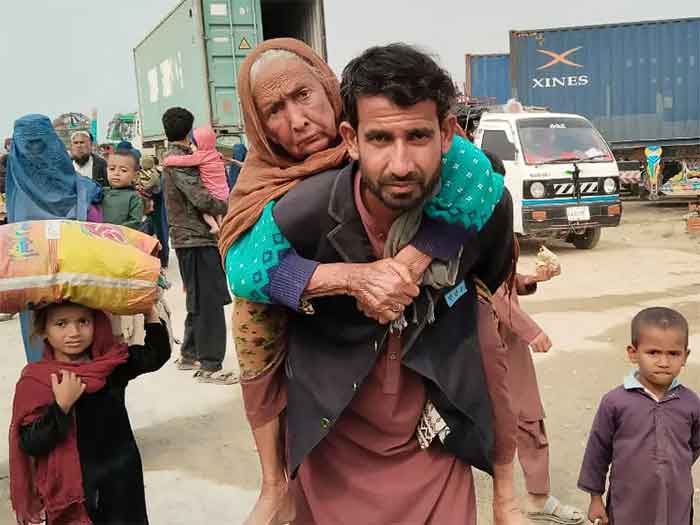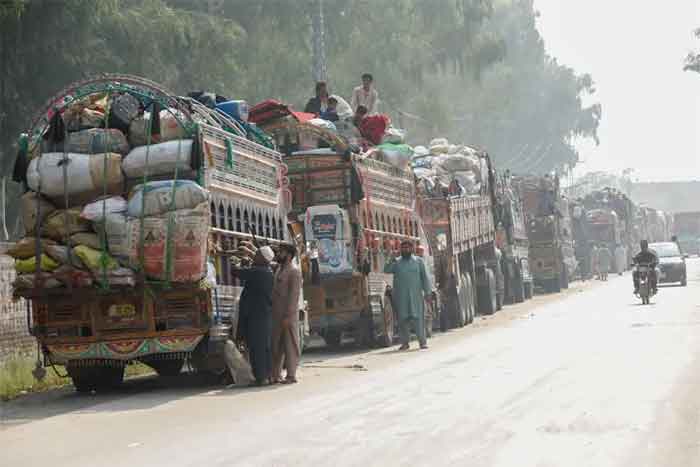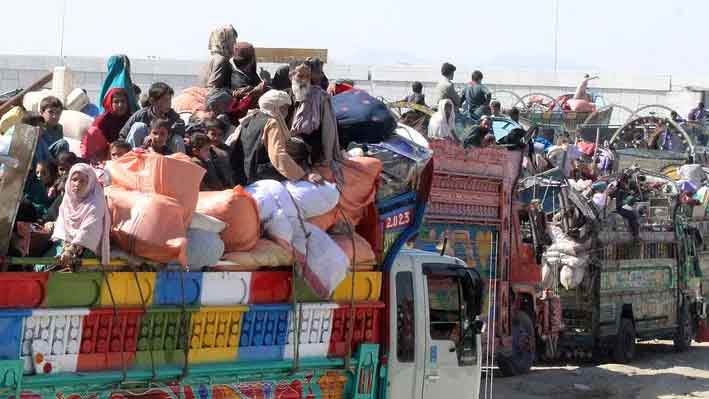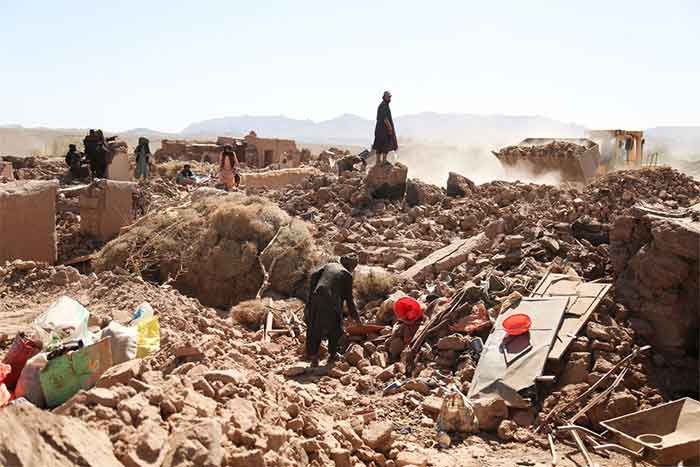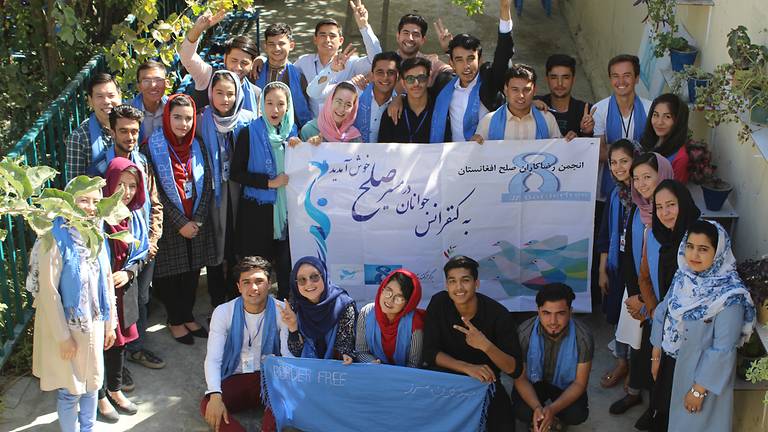
One of the world’s most inspiring movements for peace involved the Pashtun community. It was led by Badshah Khan, and earned the highest praise from Mahatma Gandhi who visited the villages and towns of the movement almost as a pilgrimage site.
From 1933 to 1973, when Zahir Shah was the king for 40 long years, Afghanistan had a long period of peace and stability, enjoying friendship of almost all leading countries without getting attached to any particular group. Both the Soviet Union and the USA contributed to its development projects, but at the same time excessive outside interference of any foreign power was avoided.
These two aspects of previous recent history should not be forgotten when we study the troubled history of more recent times, nor should we forget that this country in early times has been a flourishing place for several civilizations, including Budhist ones. But for the recent violence this land would be better known as the land of the world’s best pomegranates and grapes, of wonderful hospitality and the most fabulous landscapes.
Complications started appearing from 1973 onwards. There were coups and counter-coups. In 1979 the Soviet Union army complicated the situation further by sending in its army. This intervention was supposed to last for one year but lasted for nine, and it was during this period that the USA’s CIA and Pakistan’s ISI collaborated, with massive money from Saudi Arabia and some support from China, to collect sectarian, fanatic militants from many parts of the world for fighting against the Soviet army and the local regime supported by it. During this period in a country of about 32 million people, one to two million died and 6 million were displaced, countless others were injured and disabled, pushed into poverty or sucked into addictions.
Once the Soviet army left, instability and violence of warlords continued, culminating in the killing of the last communist ruler in 1992 and the collapse of his regime. Then young men trained in sectarian thinking since childhood in Pakistan based madarsas emerged in the form of the Taliban and captured power in 1996, unleashing further violence and repression, coming down most harshly on educated and professional women as well as on minorities. The civil strife and repression following the Soviet withdrawal caused perhaps around half a million more deaths.
The horrible September 11 attack in the USA brought the army of the USA and its allies to the Afghanistan, leading to the ousting of the Taliban regime, in conditions overall of goodwill and support of the people as well as the international community, with rare unanimous support of the UN Security Council as well. This was a great chance to rebuild the country on lines of peace and harmony, which would be the best guarantee for keeping away the forces of terrorism and hatred as well. But the USA squandered the chance and in fact never had the focus needed for this, getting badly distracted for its entirely avoidable, unethical and disastrous invasion of Iraq. Pakistan again played a very negative role in sheltering the Taliban till conditions again became conducive for its return. As lack of focus and proper priorities led to the re-emergence of the Taliban and other sectarian militants, fuelled as before by opium money and covert Pakistani assistance, violence increased and as more areas passed under their control and their ability to strike increased, the USA lost the will to stay on. They first made a pretence of a more principled withdrawal, with pledges of various steps for ensuring security after they leave, but gradually kept yielding ground in their less than transparent negotiations with the Taliban, with the result now that there is complete uncertainty regarding the future, with very real apprehensions of continuing strength of sectarian militant forces which are likely to be very aggressive towards any opponents, towards some minorities and towards educated and professional women and girl students.
With 2.5 million lives already lost and a future of increasing strength of sectarian militant forces, when will the prayers for peace be answered?
Analysts may blame terrorists and Pakistan, the Soviets and the USA, for this unending violence, but at the end of it the biggest factor is the fact that various actors have merely followed their narrow interests, and no one has guided by the a deep and sustained commitment to peace. Secondly, there is the glaring absence of a peace movement, here as well as abroad, which would strive with continuity for strengthening the forces of peace with justice, make creative suggestions for a peace-centered approach and draw attention and organize opposition whenever authorities move away from the path of peace. In Afghanistan as well as elsewhere it is the absence of such a worldwide peace movement which is really paving the way for violence to continue and escalate in several ways, at several levels, from several sources. Can we create a strong effective worldwide peace movement at world level with important presence in more troubled countries lie Afghanistan?
Bharat Dogra is a journalist and author. His recent books include Protecting Earth for Children and Man Over Machine ( Gandhian ideas for our times).
GET COUNTERCURRENTS DAILY NEWSLETTER STRAIGHT TO YOUR INBOX

